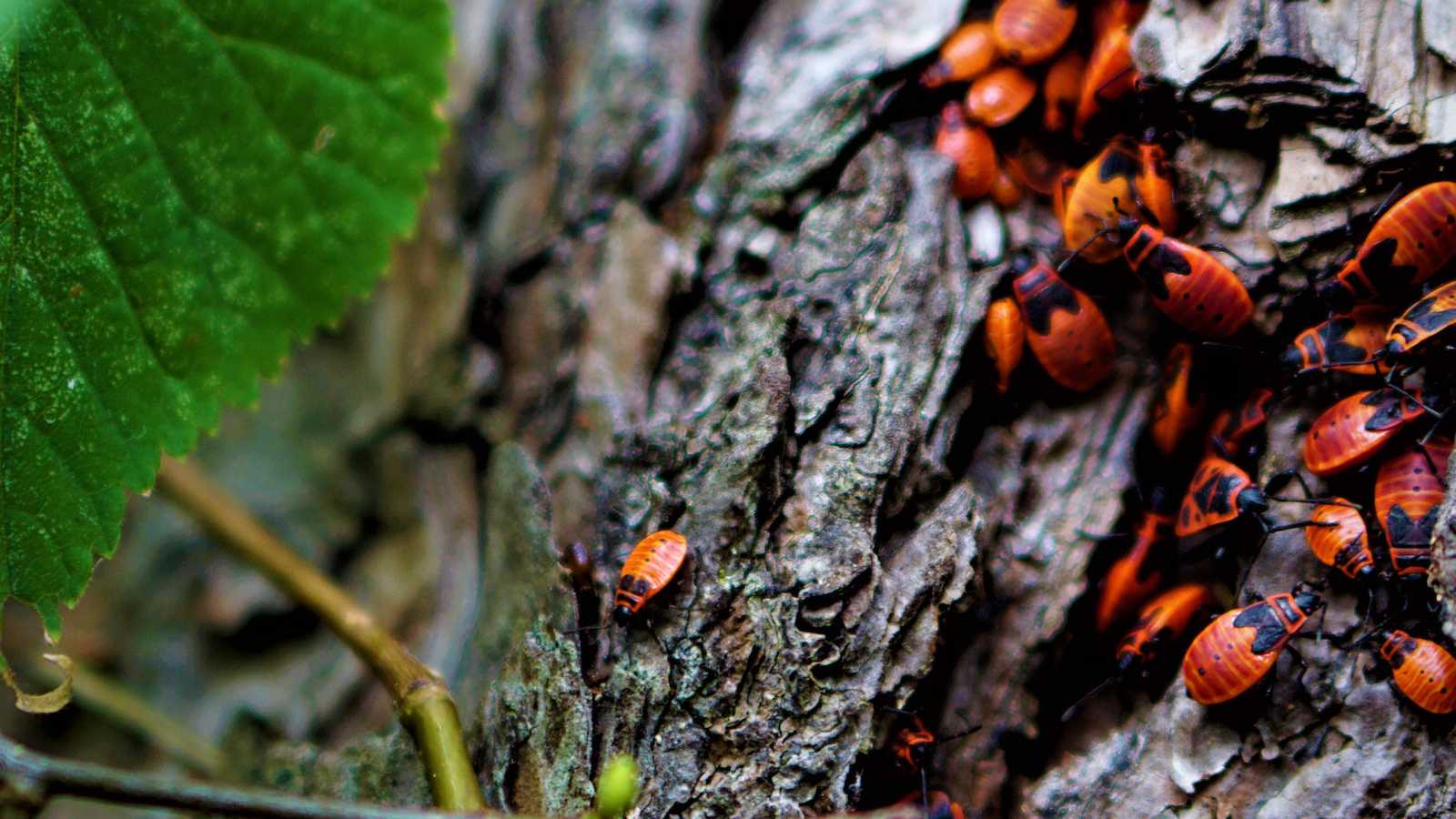Beetles are insects that form the order Coleoptera (/koʊliːˈɒptərə/), in the superorder Endopterygota. Their front pair of wings are hardened into wing-cases, elytra, distinguishing them from most other insects. The Coleoptera, with about 400,000 described species, is the largest of all orders, constituting almost 40% of described insects and 25% of all known animal life-forms; new species are discovered frequently, with estimates suggesting that there are between 0.9 and 2.1 million total species. Found in almost every habitat except the sea and the polar regions, they interact with their ecosystems in several ways: beetles often feed on plants and fungi, break down animal and plant debris, and eat other invertebrates. Some species are serious agricultural pests, such as the Colorado potato beetle, while others such as Coccinellidae (ladybirds or ladybugs) eat aphids, scale insects, thrips, and other plant-sucking insects that damage crops.
Beetles typically have a particularly hard exoskeleton including the elytra, though some such as the rove beetles have very short elytra while blister beetles have softer elytra. The general anatomy of a beetle is quite uniform and typical of insects, although there are several examples of novelty, such as adaptations in water beetles which trap air bubbles under the elytra for use while diving. Beetles are endopterygotes, which means that they undergo complete metamorphosis, with a series of conspicuous and relatively abrupt changes in body structure between hatching and becoming adult after a relatively immobile pupal stage. Some, such as stag beetles, have a marked sexual dimorphism, the males possessing enormously enlarged mandibles which they use to fight other males. Many beetles are aposematic, with bright colors and patterns warning of their toxicity, while others are harmless Batesian mimics of such insects. Many beetles, including those that live in sandy places, have effective camouflage.
4 STEP TO HELP YOU WITH BEETLES
- Use water and dish soap.
Fill a jar with water and a squirt of dish soap. Place it under the branches of plants where beetles are resting. Tap the branches. The beetles will fall into the jar and the dish soap will smother them.
- Vacuum beetles up. Using a vacuum, suck beetles up where you see them resting or moving. Empty the canister into a jar of soapy water or a trash bag that you can seal.
- Hang beetle traps around your lawn. Most contain a sack filled with a substance that attracts beetles. Beetles enter the trap, get stuck and die.
- Use insecticidal soap on bushes and landscaping. If you notice beetles outside your home damaging your plants, use insecticidal soap to kill them. Spray it onto your bushes or plants to kill beetles on contact.

Inspect



